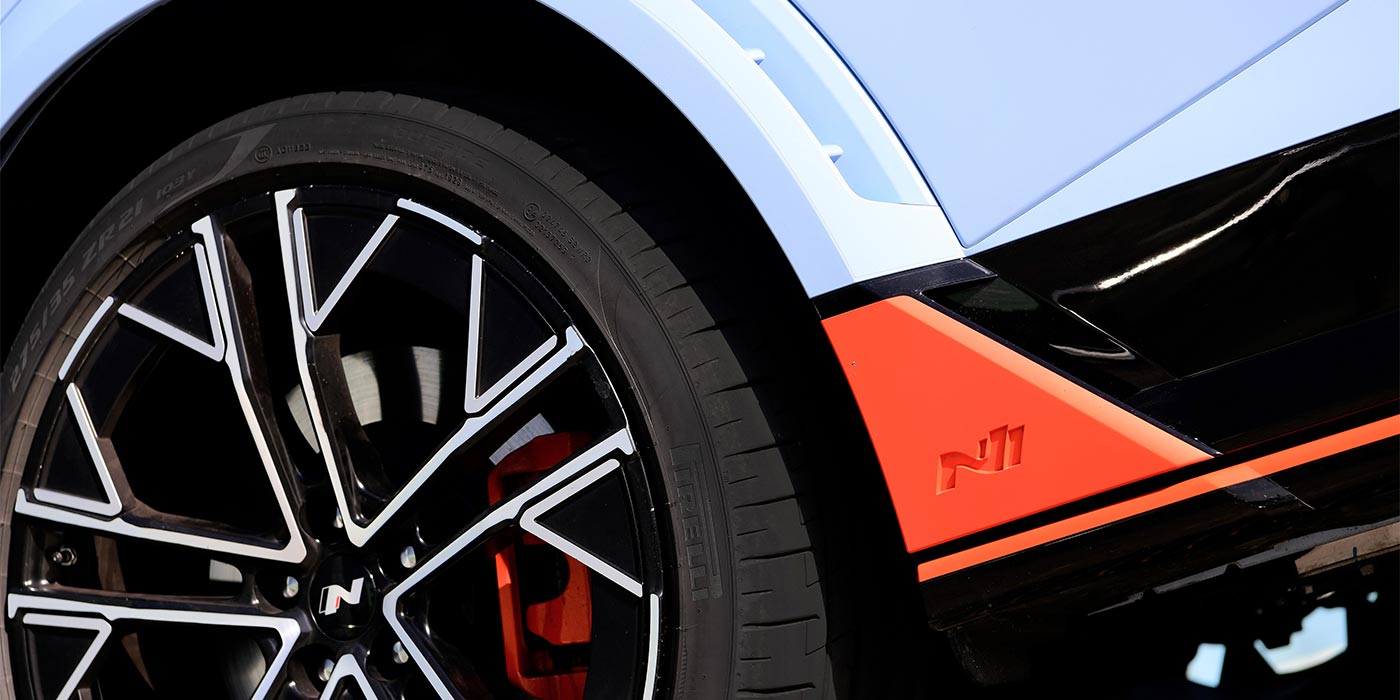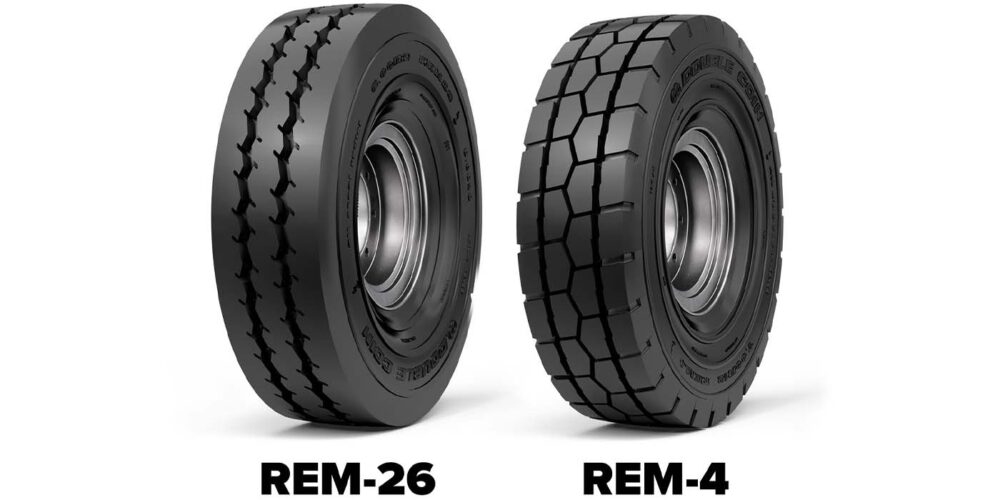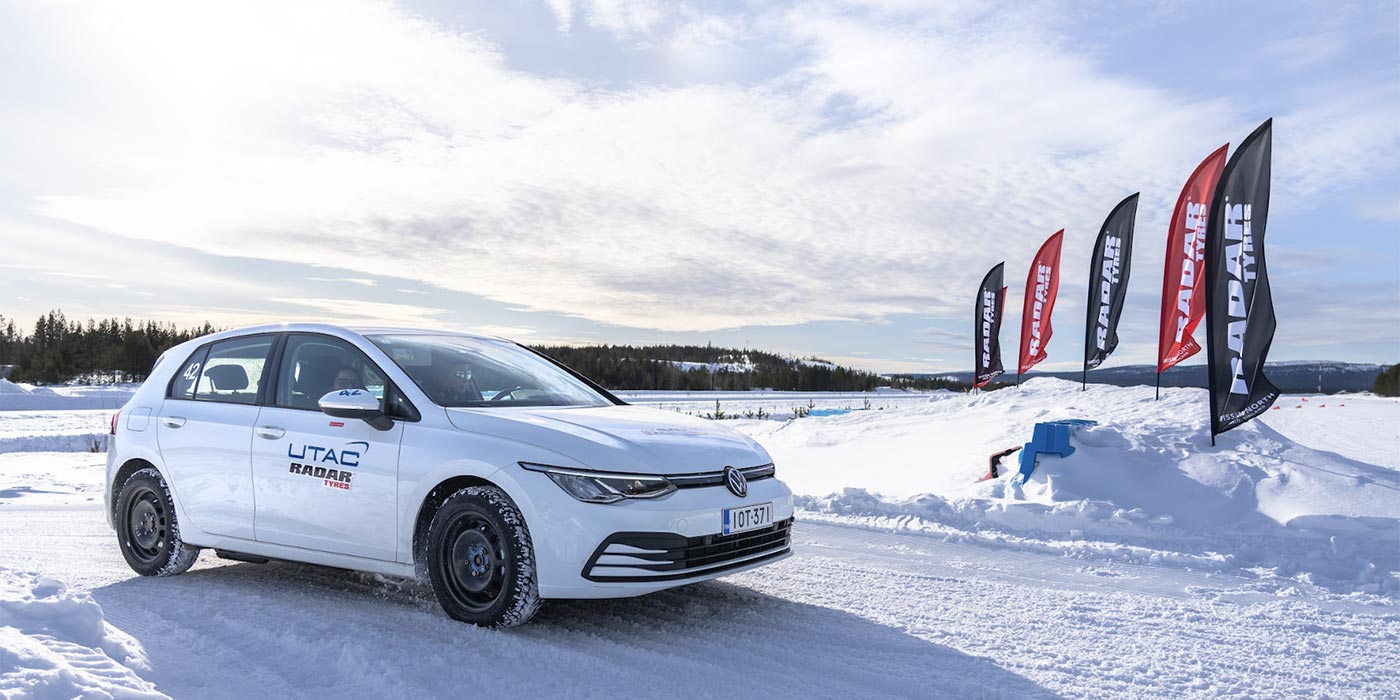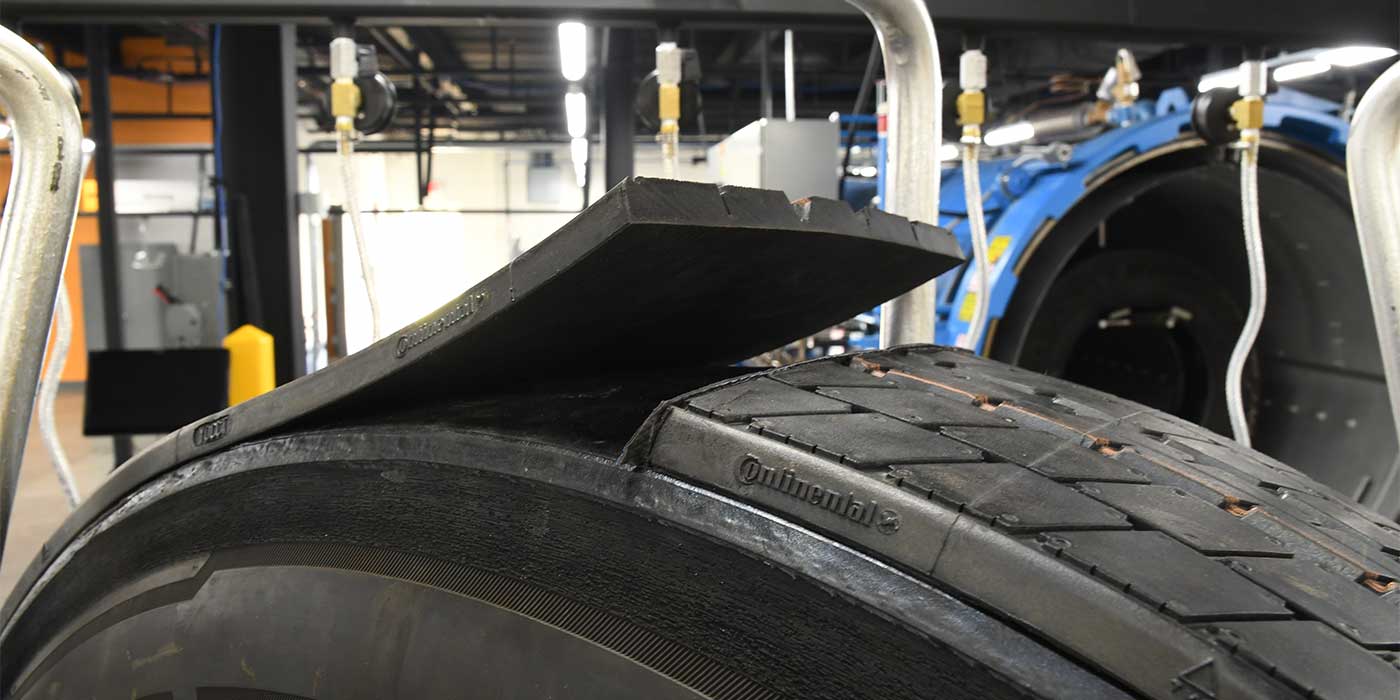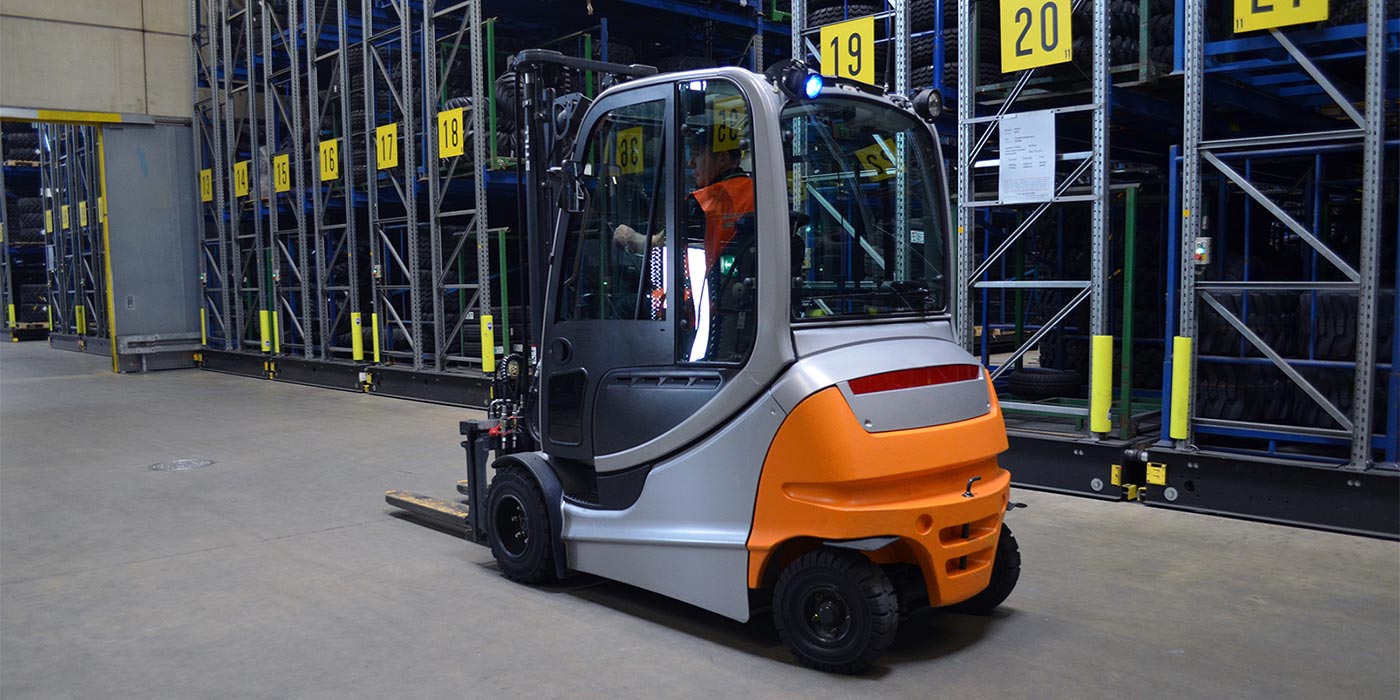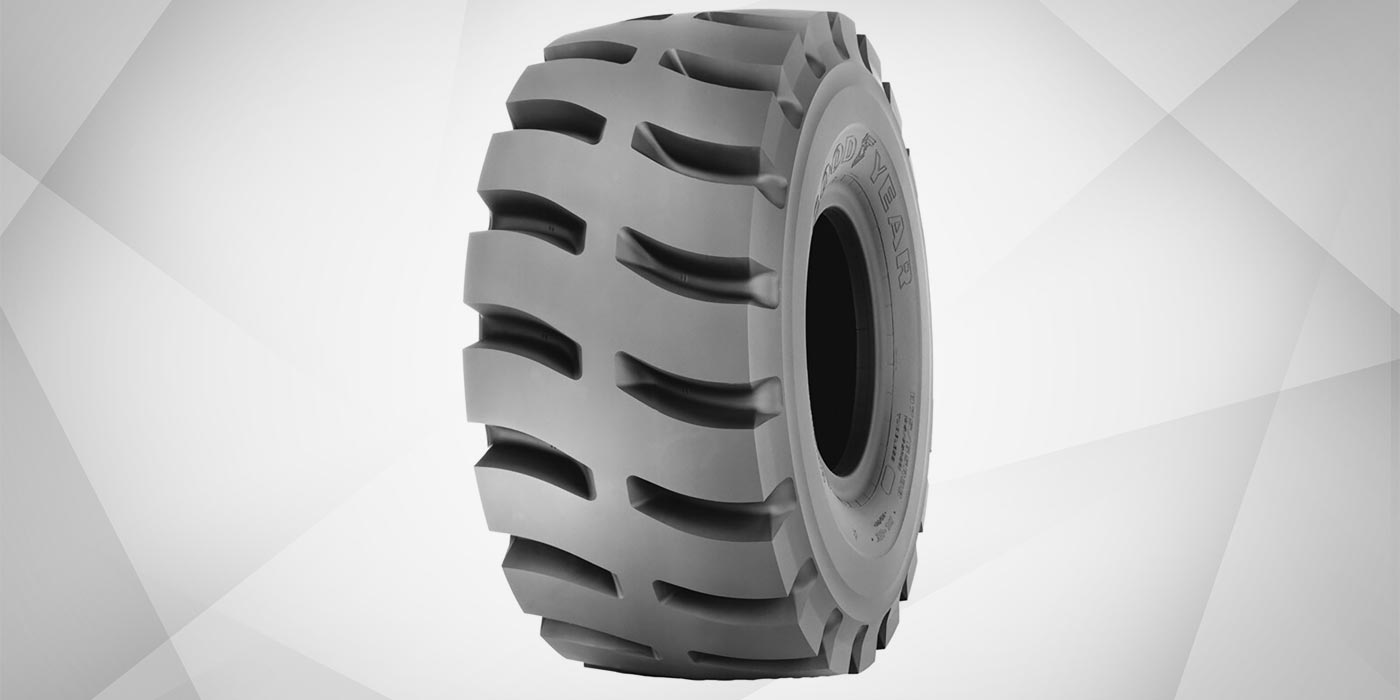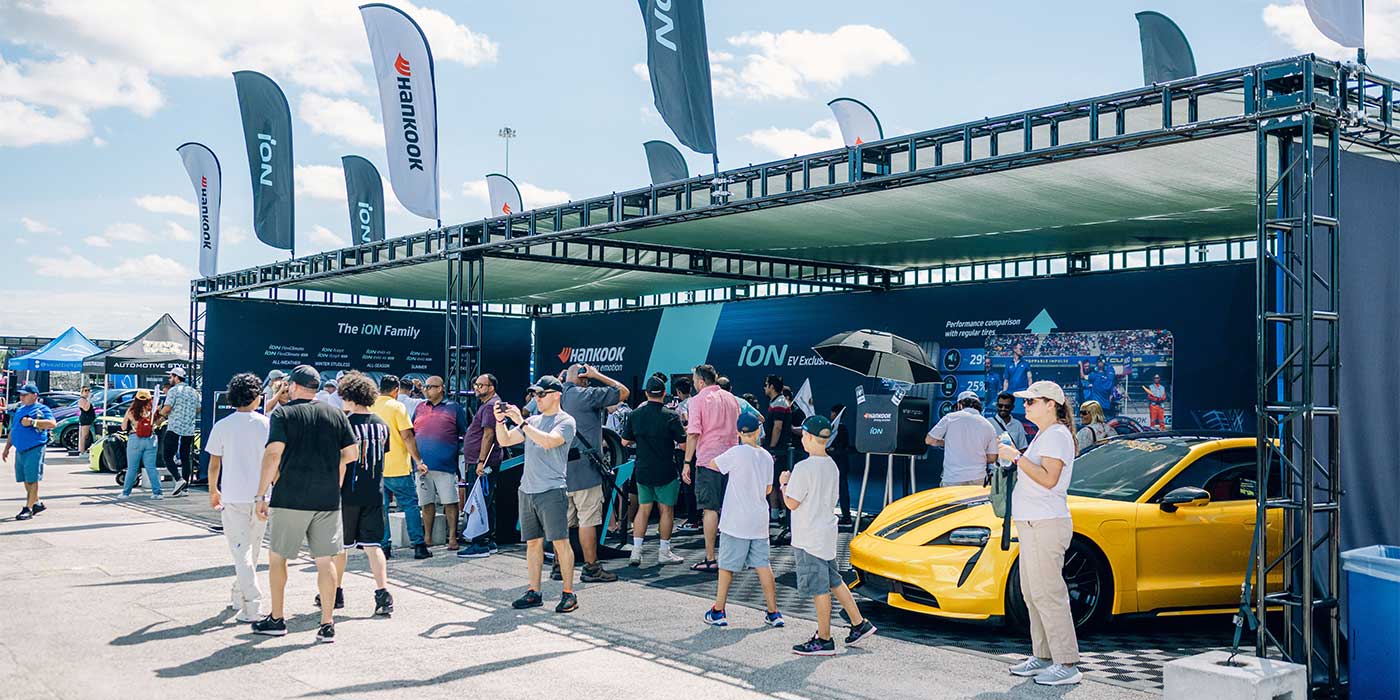Nitrogen became common when gas prices soared from around $1.50 a gallon of gas about 10 years ago.
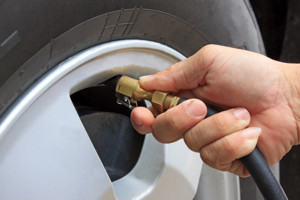
It wasn’t something new. Nitrogen had been used in certain applications for years, primarily because it doesn’t support moisture or combustion. Racing tires, commercial and military aircraft tires and heavy-duty equipment tires such as those for earthmovers and mining equipment benefited from nitrogen inflation.
The more recent attention came when there were strong suggestions that nitrogen use improved fuel economy. With gas prices at $2.75, consumers became believers and tire dealers started offering nitrogen service in earnest.
But even as gas prices float around $3.80 per gallon today, the call for nitrogen has died down. So the questions today are: Does nitrogen inflation make any sense today for passenger cars and on-highway trucks? Are there legitimate benefits for consumers?
The air we breathe and inflate tires with is made up of 78% nitrogen, 21% oxygen, and 1% water vapor, CO2 and small concentrations of gases such as neon and argon. To get the desired benefits for tires, nitrogen needs to be at least 93% pure.
Service equipment manufacturers have developed a number of small, on-site nitrogen generating systems that separate oxygen and moisture from the shop’s compressed air lines to capture nitrogen.
A membrane separates the gasses using a process called “selective permeation.” Hollow fibers allow the oxygen and water vapor to be selectively removed, resulting in a source of nearly pure nitrogen.
The 93% to 95% purity necessary is normally achieved by bleeding off the existing air in a tire and then refilling it with nitrogen. The bleed-fill cycle is repeated to achieve the desired nitrogen purity. The latest equipment automatically goes through several purge cycles without requiring technician participation. Some nitrogen generators use vacuum to eliminate as much air as possible, but engineers warn against distorting tires using such equipment. They caution that this practice can be harmful to a tire’s structure.
In 2006, Consumer Reports conducted a year-long study to determine whether nitrogen inflation reduced pressure loss.
The magazine purchased a nitrogen inflation system that generated nitrogen from ambient air. They filled 31 pairs of H- and V-speed rated, all-season tires; one tire per model with air and the other with nitrogen. Tires were filled and pressures set to 30 psi at room temperature. To purge the air out of the nitrogen filled tires, the tires were filled and deflated three times with nitrogen. They also used an oxygen analyzer to be sure they had 95% nitrogen purity. The tires were then set outdoors for one year.
At the end of the year they rechecked the inflation pressure, again at room temperature. The nitrogen-inflated tires did have pressure loss over time, but the reduction was only a 1.3 psi compared to the tires filled with air.
The average pressure loss of the air filled tires was 3.5 psi. The nitrogen filled tires lost an average of 2.2 psi.
A promise of improved economy is an extension of the better pressure retention provided by nitrogen inflation. The EPA says that underinflated tires can lower gas mileage by 0.3% for every 1 psi drop in pressure of all four tires. Since nitrogen loses pressure at a slower rate than air, with nitrogen-inflated tires a vehicle is more likely to be at the correct psi and should therefore get better fuel economy.
If drivers checked their tire pressure at least once a month, they wouldn’t need nitrogen. Unfortunately, most people either forget to regularly check and top off their tires, or never learned how to do it in the first place.
Even though TPMS now comes standard on cars, most systems are only meant to signal that a tire has very low pressure. A 2009 NHTSA study found that only 57% of vehicles with TPMS had the correct tire pressure. Since nitrogen-filled tires lose pressure about one-third slower than air-filled tires, there should be at least some advantage to nitrogen inflation for drivers who aren’t attentive to their tire pressures.
Dealing with Water Vapor
When air is pressurized, the water vapor (humidity) in it condenses to a liquid and collects in the air storage tank of the compressor. When compressed air is added to a tire, the water comes along for the ride.
As the tire heats up during driving, the water changes from a liquid to a gas and expands tremendously in volume, which increases tire pressure. Draining water from the compressor and air lines helps, but without an efficient air dryer, chances are there’s still water in the compressed air.
Water vapor also absorbs and holds heat. So tires inflated with air tend to run hotter and fluctuate in pressure , more than nitrogen-inflated tires. That’s why racing tires, where 0.5 psi can significantly change handling, are inflated with nitrogen.
Any system that delivers pure nitrogen is also going to deliver dry nitrogen. Because the nitrogen is dry, there is no water in the tire to contribute to pressure fluctuations.
While it may be important on a racetrack, the fluctuation in temperature and pressure doesn’t appear to be as significant in highway applications. A 2008 study by ExxonMobil plotted the changes in temperature over the course of various inflation pressures. The lines on the graph were virtually on top of each other meaning that the change in temperature (and, hence, pressure) when using nitrogen was negligible.
Nitrogen proponents point out that nitrogen is far less reactive than oxygen. It doesn’t cause corrosion of steel and aluminum and it doesn’t react with rubber. They also note that the water present in air-filled tires can lead to wheel corrosion. Rust and dust from wheels can clog valve stems, causing them to leak. And rough surfaces on wheel flanges and tire beads may not seal properly, causing additional leaks.
Doubters say that alloy wheels don’t really have a problem with water inside the tire. Alloy wheels are coated to inhibit corrosion, but when they do corrode a crust of aluminum oxide forms, which isn’t very attractive; but the crust protects the aluminum from further corrosion. Steel wheels only have a problem if the paint is damaged.
Is Nitrogen ‘Worth’ It?
Tires appear solid, but under a powerful microscope tire rubber looks something like strands of cooked spaghetti stuck together. Every time a tire rolls these molecular strands continuously stretch to and from their relaxed state and allow some of the inflating gas to escape.
Any oxygen present also ages the innerliner, that thin layer of rubber inside the tire whose function is keeping oxygen away from the carcass. As the innerliner ages, more and more oxygen molecules pass through it, causing pressure losses and putting air in contact with steel cords, causing them to rust. This combination of aging rubber and corroding steel cords shortens a tire’s life and, in the case of medium truck radials, reduce retreadability.
Nitrogen permeates through rubber more slowly than oxygen and is far less reactive. When nitrogen is used for inflation, rubber degradation and the corrosion of steel belts are almost eliminated. Some areas are oxidized slightly from outside the tire when filled with nitrogen, but the overall rate of degradation is significantly lower than when the tire is filled with air.
Although these benefits are real, they are only likely to be significant for truck tires with long service lives or for low mileage drivers who wear out their tires very slowly such as car collectors, winter tire users, motor home owners, etc. Tires that are used routinely will be replaced long before the advantages of using nitrogen yield any real-world benefits.
So, bottom line, is nitrogen “worth it”? It’s certainly debatable. Tire manufacturers say that they design tires to perform well with air inflation. They agree that nitrogen will do no harm and they don’t discourage its use, but they haven’t actively promoted nitrogen.
Many in the industry argue that based on cost, convenience and actual performance benefits, a much better use of the consumer’s money would be to buy a good pressure gauge and to check their tires regularly. By maintaining the correct tire pressure, they’ll get many of the benefits of using nitrogen.
But we know most drivers don’t check tire pressures often enough. There has to be at least some value to anything that helps consumers maintain proper inflation longer.
Offering nitrogen inflation to reduce pressure loss and encourage the consumer to return to the tire dealer for subsequent pressure adjustments seems to be a legitimate value-added proposition. It’s a time-consuming process for a tire technician, and the nitrogen generator, filling system and technician time aren’t free – the dealer is entitled to some return for that.
Charging reasonably for nitrogen inflation and pressure adjustments may well provide a real benefit for the consumer and a legitimate profit opportunity for the tire dealer. The tough question may be what is a “reasonable” charge and how to encourage the customer to return for follow-up pressure adjustments.




